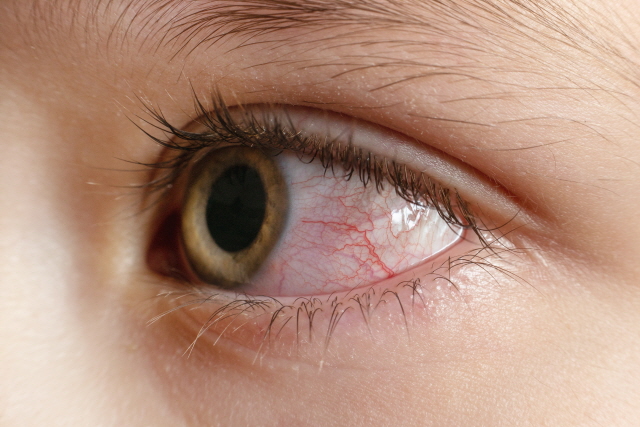
Large Intestine Controls Driness, Heat, And Immune System
A Multifaceted Understanding of Large Intestine For Diagnosis
By Namwook Cho, L.Ac.
To use Saam Acupuncture accurately, you must clearly understand the properties of each meridian. In this issue, I briefly explain the physiology and pathology of the Large Intestine(LI) meridian, then indications for Saam Acupuncture formulas that are needed to use the LI meridian.
The LI is assigned to the Yangming meridian, which has full of qi and blood. LI meridian has the properties of extremely dry metal. When the Yangming and the LI meet, it will make a characteristic of extremely dry metal, which is the physiology of the LI meridian.
The large intestine plays a role in absorbing moisture brought in by food, so if LI is not dry enough, it cannot absorb liquid properly.
The most basic pathological symptoms that occur in the large intestine(LI) are either constipation or diarrhea. Because the nature of the Large Intestine(LI) is supposed to be dry, physiologically, supposing the LI is not too dry, and stools come out normally. If the function of the LI is excessive for any reason, the stool becomes harder, and, in more severe cases, it will be constipation. Conversely, if the function of the large intestine declines, it cannot absorb water from stool, resulting in diarrhea.
If you look at the flow of the qi movement in the LI meridian, it goes up the neck and enters the lower gums and into the ears. In particular, the lymph nodes behind the ears may become inflamed. It is understood that inflammation in the lymph nodes is caused by viral infection due to malfunction of the LI meridian. In other words, there is a problem with our body’s immune system. Suppose a patient tells you that he or she has a mucocele in the lymph nodes, especially behind the ear. In that case, you may automatically think that you should use a formula of LI tonifying to control the LI meridian. Lymphadenitis or thyroid problems also fall under LI meridian’s problem.
Also, if ooze comes from the ear through which the meridian of the LI meridian passes, it can be used to dry the ooze by using the dry energy of the LI meridian. Additionally, if you have problems due to oozing or dry skin, you can use a LI meridian. In this case, you are supposed to use the LI tonifiying formula. In particular, the LI tonifying formula is used to treat atopic dermatitis without an itching sensation.
The LI is a yang meridian, and it is normal for energy to flow down from the upper part of the body to the lower part. In a pathological condition of the LI, qi does not flow well from the upper part of the body to the lower part, causing heat to accumulate in the upper part of the body, causing symptoms where the upper part is too hot, and the lower part is too cold. Symptoms caused by the lower body being too cold may include abdominal pain, colic, and appendicitis. Also, suppose the lower abdomen is too cold due to qi movement not normally distributing heat from yang qi. In that case, it can cause problems with the genitals, urinating problems, testicular pain, or erectile dysfunction. If the lower abdomen is continuously not being heated by yang qi, the psoas major and iliopsoas muscles may contract and become tense, causing lower back pain. At this time, it is difficult to improve the symptoms even if acupuncture is applied to the lower back area. You can control pain more efficiently by warming the large intestine.
Lastly, if there is a problem with the LI, problems with the eyes may appear. It can be understood that bloodshot eyes, even if you are just a little tired, is a problem that occurs due to the overheating of the LI meridian.
The following are indications for using LI tonifying formula, which is made with tonifying LI11 and ST36, sedating LI5 and SI5.
Carbuncle on the head. Eyes get bloodshot often. A mucus is coming out of the ears. A lump appears under the ear. Tooth decay, gingivitis. The stomach pain with a cold feeling. The appendix area hurts. Pain around the belly button lumbago. The skin is dry and rough. Hands and feet coldness. Prolapse. Diarrhea.





































